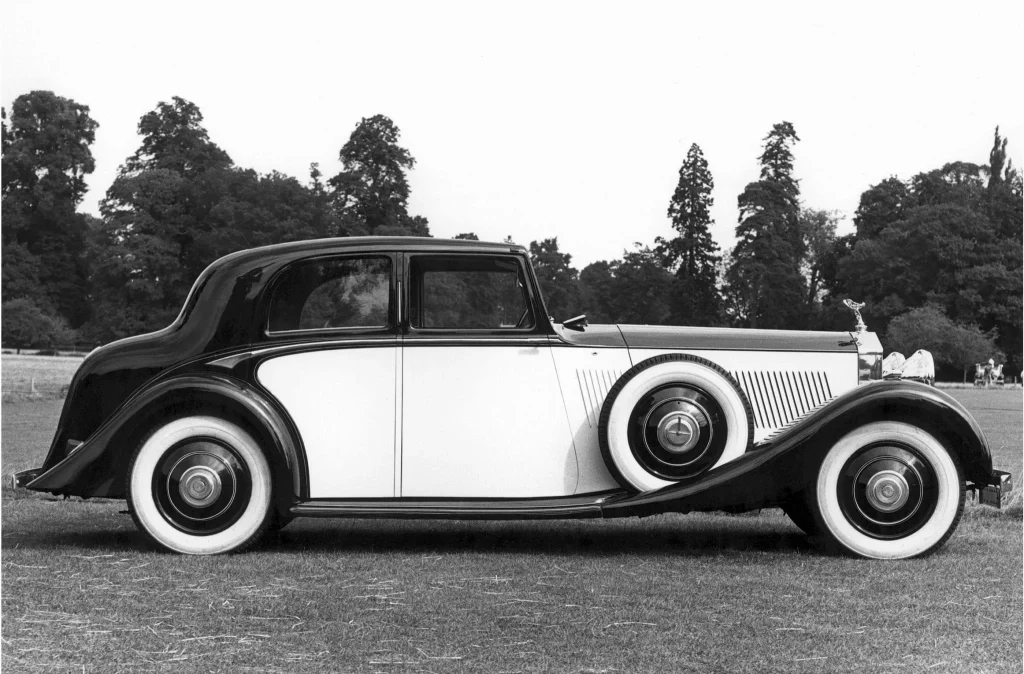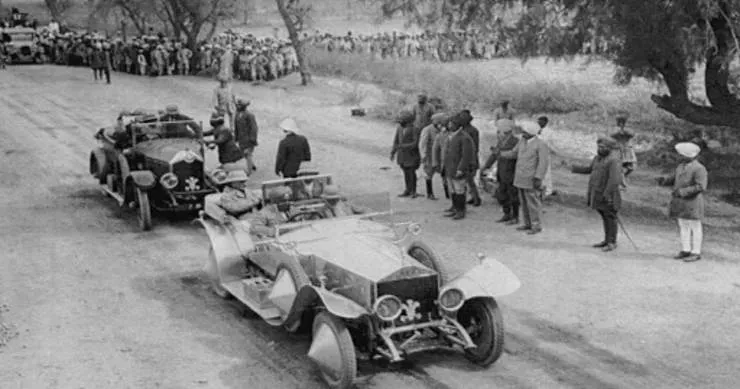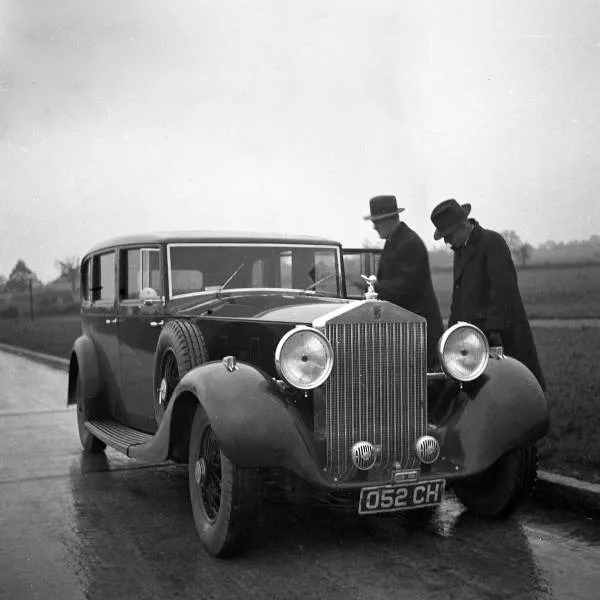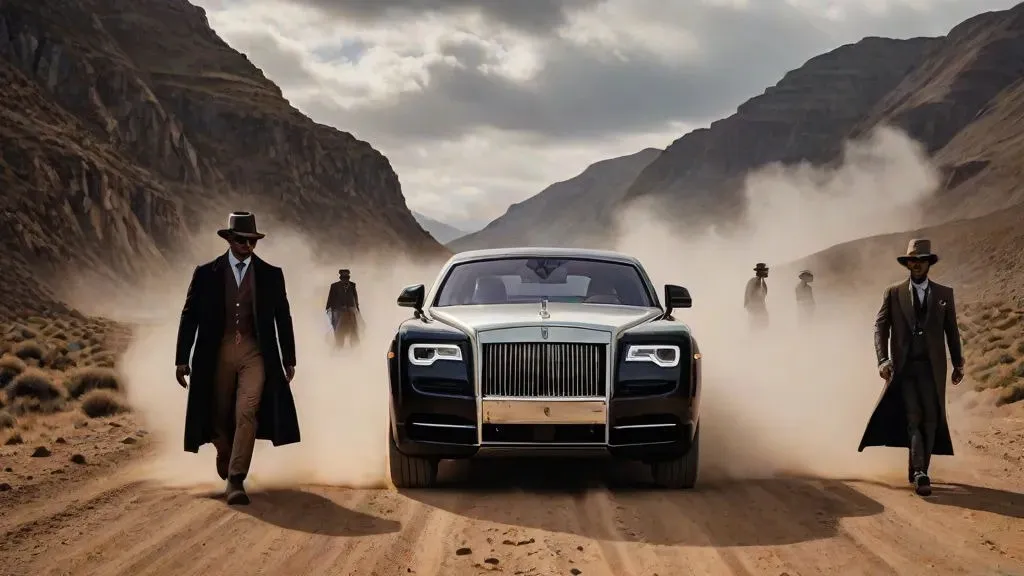Imagine a young boy from a poor family who grows up to create a car brand that becomes synonymous with wealth, luxury, and excellence. This is the extraordinary journey of Henry Royce, the man behind Rolls-Royce. Starting from delivering newspapers, Royce went on to design engines that powered planes and cars, revolutionizing the automobile industry with his vision and innovation.

Early Struggles and Determination
Born into Hardship
Henry Royce was born on March 27, 1863, in Alwalton, England, to a family struggling financially. At just nine years old, his father passed away, and young Royce had to take up various jobs, including selling newspapers and delivering telegrams. Despite these challenges, he developed a relentless work ethic and a passion for learning.
Apprenticeship in Engineering
Royce found his calling in engineering when he secured an apprenticeship at the Great Northern Railway in 1878. He continued honing his technical skills by working for the Electric Light and Power Company in London, where he improved street lighting systems. Although he had no formal education, his hands-on experience and curiosity made him an expert in the field.

Building a Legacy
Starting His Own Business
In 1894, Royce co-founded F.H. Royce & Company with Ernest Claremont. The company manufactured dynamos and electric cranes, earning a reputation for reliability and precision. However, the business struggled due to increased competition.
The Turning Point: Building Cars
Frustrated with the inefficiency of existing cars, Royce decided to build a better one. In 1903, he designed his first car in his Manchester workshop. It was a two-cylinder model known for its smooth performance and reliability, catching the attention of influential figures in the industry.

The Historic Partnership
Meeting Charles Rolls
In 1904, Royce met Charles Rolls, a wealthy car dealer and enthusiast, who was impressed by the quality of Royce’s design. Rolls and Royce quickly formed a partnership where Royce would manufacture the cars, and Rolls would market and sell them. This partnership laid the foundation for Rolls-Royce.
The Silver Ghost: A Milestone
In 1907, Rolls-Royce launched the Silver Ghost, a model known for its exceptional reliability and luxury. The car’s 15,000-mile endurance run without any breakdowns earned it the title of “the best car in the world.”
Expansion and Challenges
Aviation and World War I
During World War I, Rolls-Royce shifted focus to manufacturing aircraft engines, producing the famous Eagle engine, which powered many Allied planes. The company’s reputation for reliability and performance soared during this time.

The Tragic Loss of Charles Rolls
In 1910, Charles Rolls tragically died in a flying accident. Despite this loss, Royce continued to lead the company, pushing forward with innovation and quality.
The Modern Era and Legacy
Acquisition by BMW
In 1998, BMW acquired Rolls-Royce, and under their ownership, the brand launched new models, blending traditional luxury with modern technology. The Phantom, introduced in 2003, became an instant classic.
A Symbol of Luxury and Innovation
Today, Rolls-Royce stands as a symbol of luxury, engineering excellence, and status. The brand upholds Henry Royce’s motto: “Take the best that exists and make it better.”
From his humble beginnings to creating one of the world’s most prestigious car brands, Henry Royce’s journey is a testament to hard work, vision, and the relentless pursuit of perfection. Rolls-Royce continues to inspire us all to dream big, work hard, and strive for excellence in everything we do.
